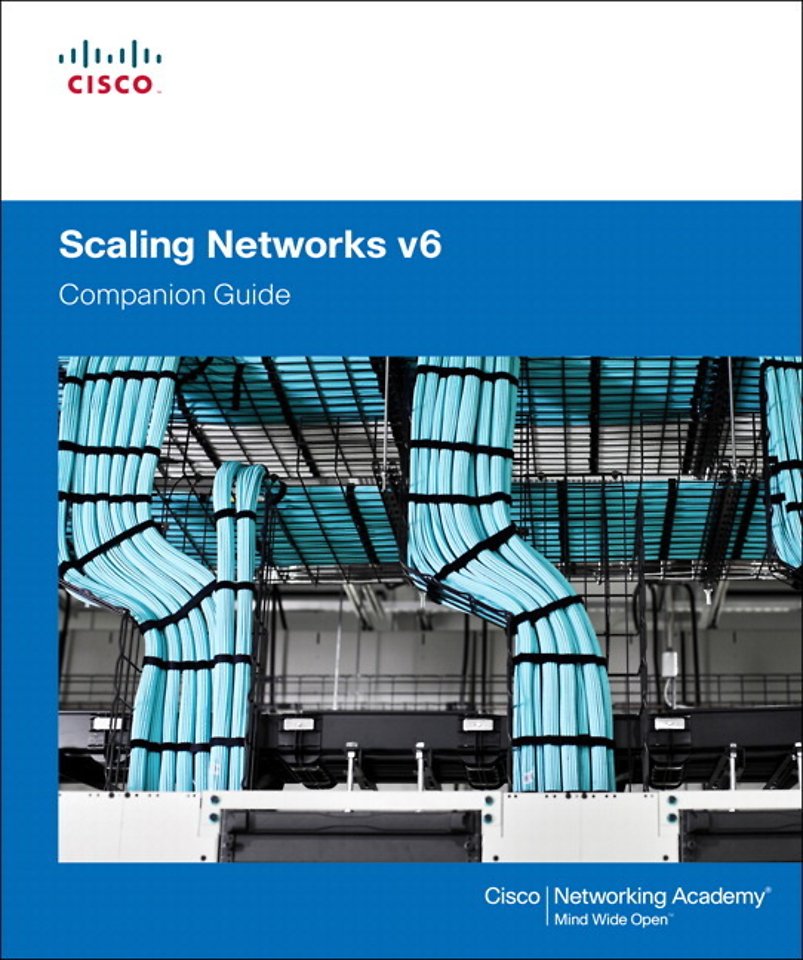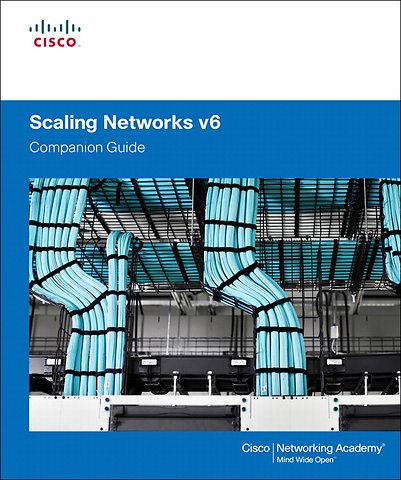Scaling Networks v6 Companion Guide
Gebonden Engels 2017 9781587134340Samenvatting
Scaling Networks Companion Guide is the official supplemental textbook for the Scaling Networks course in the Cisco® CCNA® Academy®
This course describes the architecture, components, and operations of routers and switches in a large and complex network. You will learn how to configure routers and switches for advanced functionality. By the end of this course, you will be able to configure and troubleshoot routers and switches and resolve common issues with OSPF, EIGRP, STP, and VTP in both IPv4 and IPv6 networks. You will also develop the knowledge and skills needed to implement DHCP and DNS operations in a network.
The Companion Guide is designed as a portable desk reference to use anytime, anywhere to reinforce the material from the course.
Specificaties
Lezersrecensies
Inhoudsopgave
Rubrieken
- advisering
- algemeen management
- coaching en trainen
- communicatie en media
- economie
- financieel management
- inkoop en logistiek
- internet en social media
- it-management / ict
- juridisch
- leiderschap
- marketing
- mens en maatschappij
- non-profit
- ondernemen
- organisatiekunde
- personal finance
- personeelsmanagement
- persoonlijke effectiviteit
- projectmanagement
- psychologie
- reclame en verkoop
- strategisch management
- verandermanagement
- werk en loopbaan

